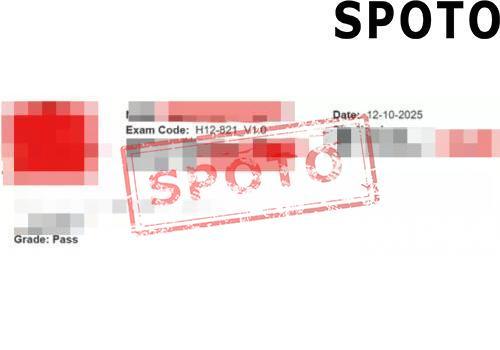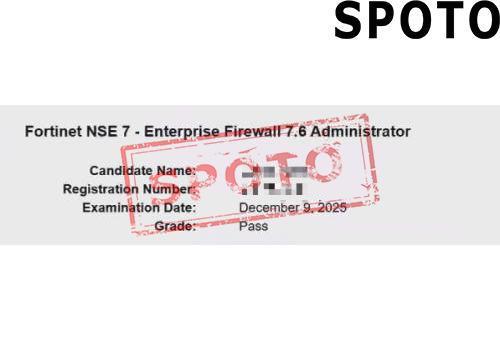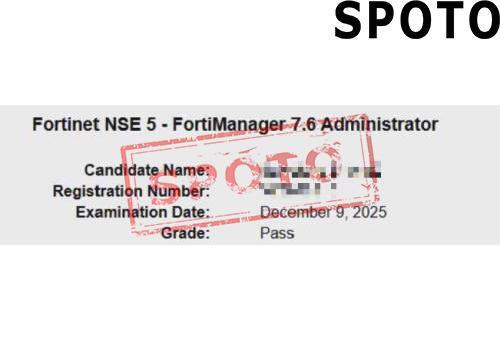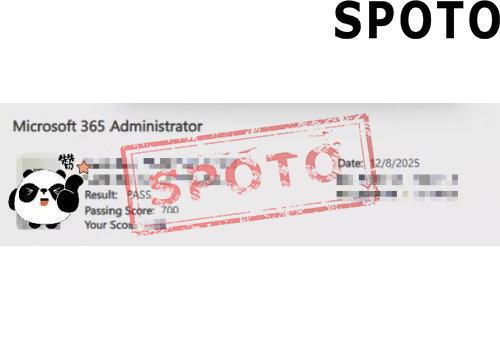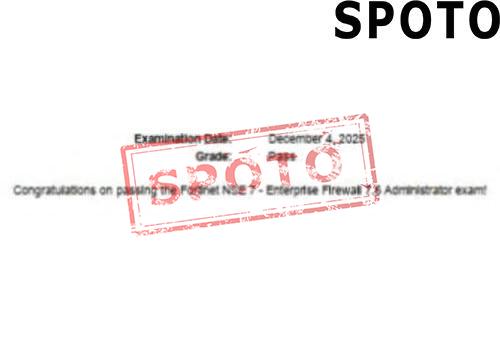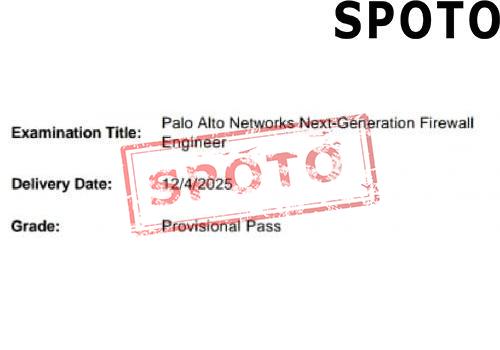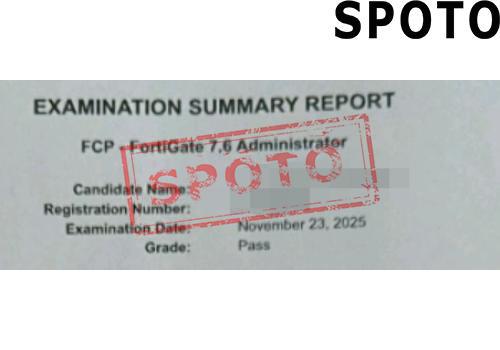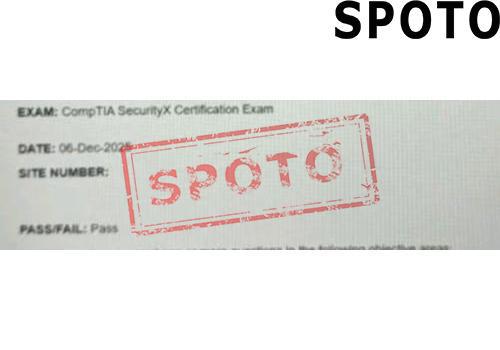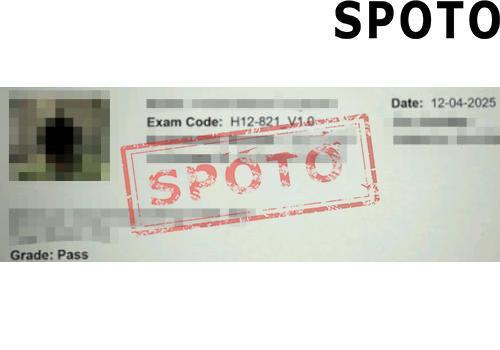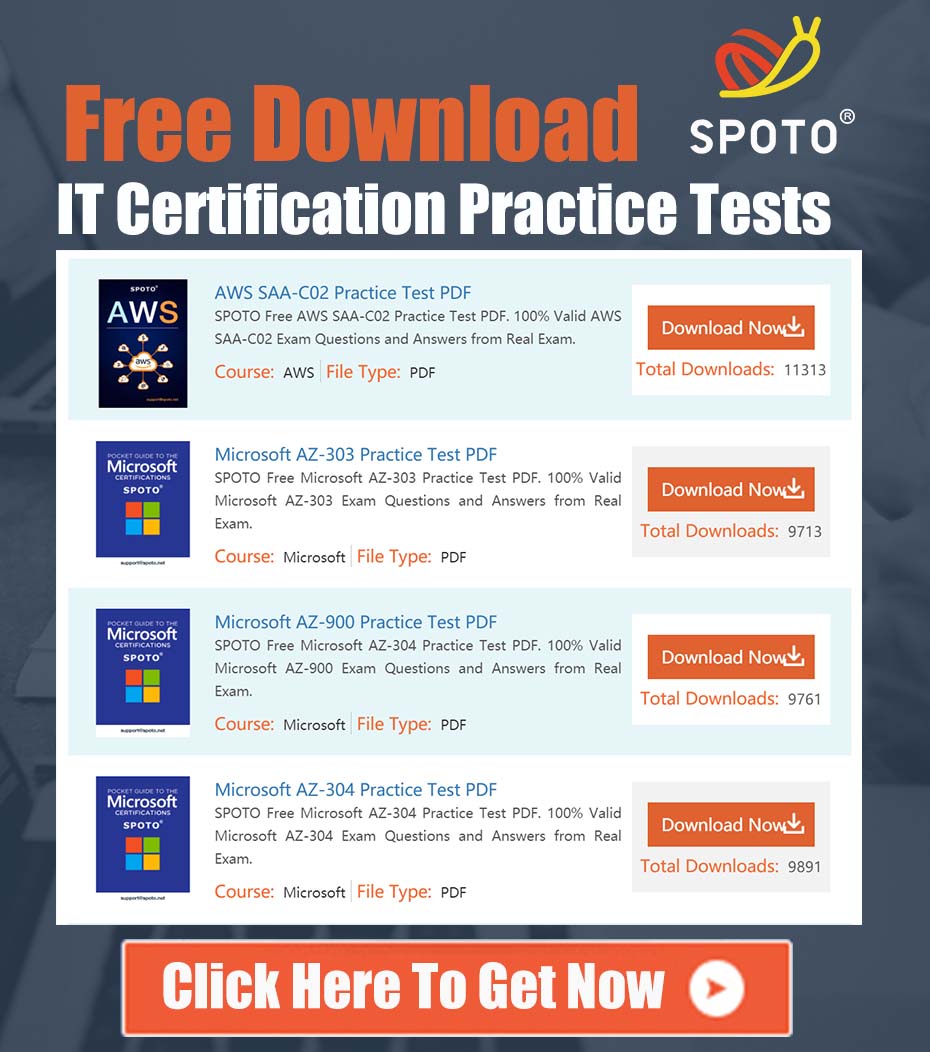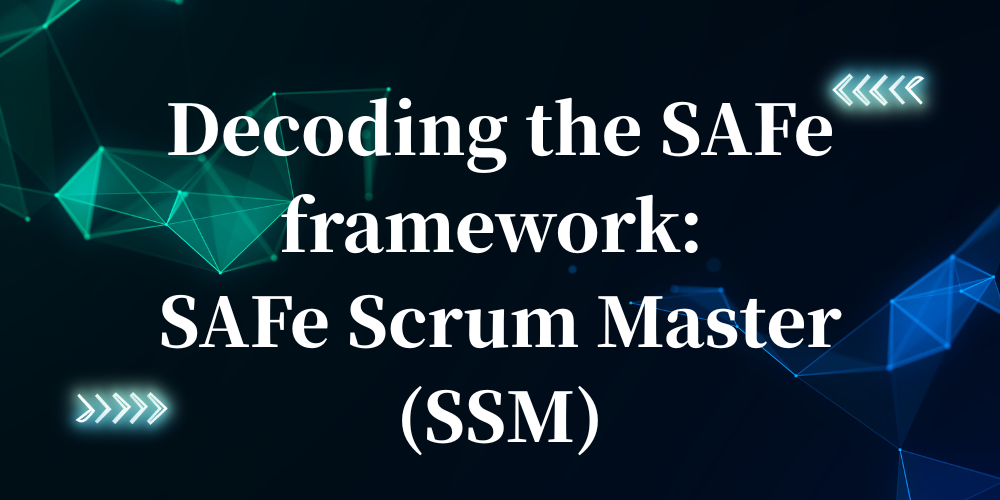
Table of Contents
SAFe Scrum Master (SSM) is a key qualification for an organization's agile transformation, cultivating the ability to lead and scale collaboration within Scrum teams.
1. Introduction to the SAFe Scrum Master certification
The SAFe Scrum Master (SSM) is an agile certification developed by Scaled Agile, Inc., focusing on the guidance of Scrum teams and scaled collaboration within the SAFe framework. It aims to cultivate professionals who can proficiently apply the SAFe framework, lead Scrum teams to deliver value efficiently. This certification is suitable for practitioners in mid-to-large organizations adopting the SAFe framework, who are responsible for implementing team-level agile practices.
In large enterprises adopting the SAFe framework, the practice of a single Scrum team must be integrated into the organizational-level agile system to achieve a balance between "local efficiency" and "overall alignment."
The core of SSM certification is to cultivate "team-level agile enablers and collaborators under the SAFe framework." It not only requires certified individuals to master traditional Scrum practices but also demands proficiency in SAFe's unique large-scale collaboration mechanisms. These professionals help teams achieve rapid iteration and value delivery under enterprise-level objectives while bridging cross-team processes. Such talents balance team internal efficiency with organizational-level coordination.
2. The Competitive Edge of a SAFe Scrum Master Certification
SSM is the authoritative certification for team level agile implementation under the SAFe framework. It is highly recognized in large enterprises that adopt SAFe and is the "hard currency" for entering agile positions in such organizations.
The SSM certification learning process covers key practices unique to SAFe helps you master the core methods for agile implementation in medium to large organizations and address the pain points of traditional Scrum in large-scale scenarios.
According to industry data, SSM holders in companies adopting SAFe earn 25%-40% more than regular Scrum Masters.
SSM certified holders can join the SAFe global community to access the latest SAFe practice cases, toolkits, and industry connections, participate in SAFe official events, and continuously follow the forefront trends of scale and agility.
3. Core Components of the SAFe Scrum Master Certification
The SSM certification system has built a team level practical capability system under the SAFe scale agile framework, focusing on the deep integration of Scrum methods and scale agile frameworks.
SSM certification deeply analyzes the four hierarchical structures and three pillar theories around the SAFe framework basic modules, helping students establish a complete scale agile cognitive system and clarify the positioning and value of Scrum teams in the SAFe environment.
The Scrum Team Practice Unit focuses on training teams on collaborative work patterns in ART, including key skills such as PI cycle alignment and built-in quality practices, to ensure that team delivery meets the quality standards of agile scaling. The large-scale collaboration mechanism covers important activities such as PI planning and ART meetings, cultivating students' ability to handle cross team dependencies and risk management, and establishing an end-to-end collaborative perspective.
The Scrum Master's responsibilities redefine the role and mission in the SAFe environment, expanding from team guidance to system promotion and cross team collaboration, forming multidimensional service leadership. The Lean Agile Integration module combines traditional Scrum practices with lean thinking and systems thinking, introducing practical tools such as PI target tracking and ROAM risk list to enhance the ability to solve complex problems.
SSM certification places special emphasis on cultivating students' adaptability and execution skills in large organizational environments, helping them master key techniques for effectively connecting team level agility with scalable frameworks through real-life cases. It includes both systematic learning of the SAFe framework and full process skill training from team practice to project collaboration, helping you build comprehensive capabilities to drive agile implementation in complex organizational environments.
4. What are the requirements to be a SAFe Scrum Master?
(1) Qualification prerequisites:
There is no mandatory prerequisite certification requirement for SAFe Scrum Master (SSM) certification, but SAFe recommends that you have a Scrum foundation or at least 1 year of Scrum team practice experience.
In addition, you also need to attend the "SAFe Scrum Master" training course authorized by Scaled Agile and obtain a certificate of completion before you can register for the exam.
(2) Training and examinations:
The SAFe Scrum Master (SSM) exam consists of 45 multiple-choice questions and lasts for 90 minutes. The maximum score for the exam is 100 points, and a score of 70 or above is required to pass.
(3) Qualification maintenance:
The SAFe Scrum Master (SSM) certificate is valid for one year. During the validity period, you need to accumulate 45 Professional Development Units (PDUs) and pay a renewal fee of approximately $100 per year by participating in Scaled Agile officially recognized continuing education activities. You must also sign the SAFe Code of Conduct and continue to practice the SAFe values.
5. Comparable Certifications to SAFe Scrum Master Certification
- Scaled Scrum Professional Certification (SSPC)
- Scaled Professional Scrum (SPS)
- SAFe Advanced Scrum Master (SASM)
- International Consortium for Agile (ICAgile) Certified Professional in Agile Coaching (ICP-ACC)
